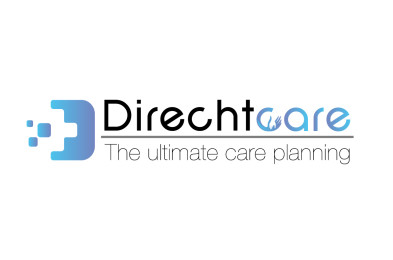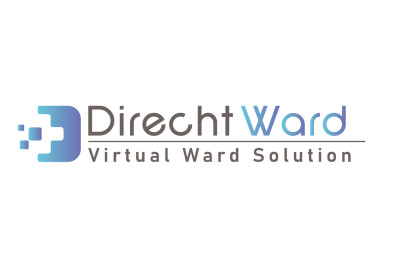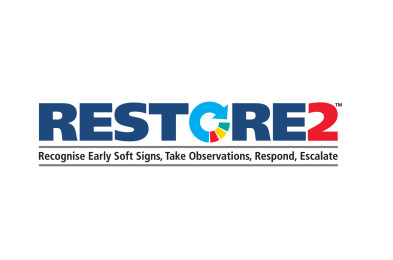SEM Scanner BBI Europe Ltd (Bruin Biometrics)
Pressure Ulcers (PU) are defined as localised injury to the skin and/or underlying tissue usually over a bony prominence, as a result of pressure, or pressure in combination with shear (EPUAP,NPUAP,PPPIA 2014). They occur most commonly where tissues are compressed between external surfaces such as beds or chairs and bony prominences, including the sacrum and heels (Bates-Jensen, 2012).
NHSI report 1700-2000 patients per month develop PUs, costing the NHS approximately £3.8m per day, whilst recent reports from NHS Resolution identify an increase of 43% in litigation claims in the past 3 years with £21m being paid to claimants in 2017/18.
About
The SEM Scanner is a class IIa hand-held device intended to provide objective information that a healthcare professional (HCP) can use as an adjunct to the current standard of care for PU prevention.
The current standard of care (SOC) is based on risk assessment tools and visual skin assessment of areas prone to PUs. This approach has several significant challenges as these assessment tools are subjective and concerns have been raised as to their reliability (Fletcher J. et al. 2017, Moore Z. et al. 2019). By the time damage is visually evident, significant tissue damage has likely already occurred.
New technology can help by introducing an innovative scanner (www.sem-scanner.com) which uses specialised sensor technology that has been shown to objectively alert HCPs to specific anatomical areas of a patient’s body, such as the heels and sacrum, that may be at increased risk for PU 5 days (median) earlier than visual skin assessment (Okonkwo H. et al 2018).
Real world evidence generated via a Pressure Ulcer Reduction Programme in 13 Acute Care facilities, including 983 patients, demonstrated a 91% weighted reduction in hospital acquired PU (HAPU) with 10 of the sites experiecing zero HAPU during the PURP (Hancock K. et al 2019).
Health Economic modelling of a typical 210 bed hospital presented in 2018 reported that introducing the SEM Scanner into the care pathway would generate signficant cost savings and yield 4.3 QALY (4.3 years of life at perfect health for age group).(King T et al 2018)





